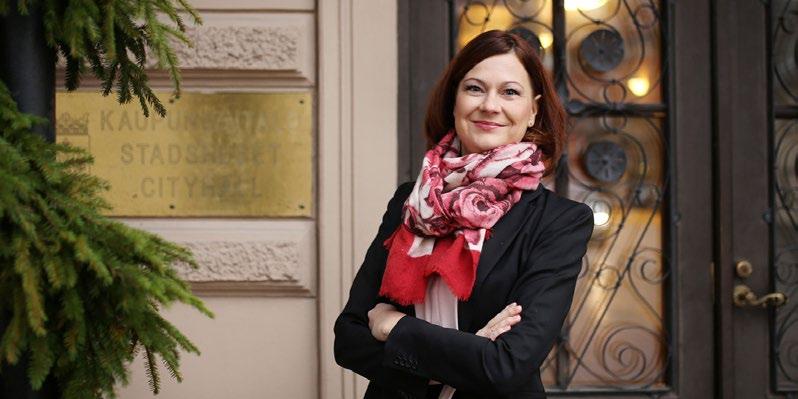
2 minute read
Participatory Budgeting in Lithuania
DEVELOPMENT OF PARTICIPATORY BUDGETING IN LITHUANIA: MAYORS PERSPECTIVE
Alytus City Municipality became the first municipality in Lithuania to implement participatory budgeting (PB) in 2018. It was followed by a number of municipalities that implemented PB in 2019–2020 (e.g. Panevėžys city and district, Kretinga district, Telšiai district, etc.) or starts to implement in 2021 (in Klaipėda city and Klaipeda district, Rietavas, etc.).
Advertisement
Taking into account that the beginning of the PB was associated with left-wing political forces and the fact that today the PB becomes, according to Baiocchi and Ganuza (2014), politically polyvalent, we decided to examine the case of Lithuania. Since in practice the idea of PB requires active personal leadership, we chose to analyze the political (party) dependence of mayors participating and not participating in PB in this term of municipal councils (i.e. from 2019) and to check the statistical significance of political (party) dependence for PB implementation.
After collecting data on all 60 Lithuanian municipalities and their mayors, it became clear that we have 8 municipalities that have implemented DB by 2021 and 7 municipalities that have prepared all the tools and mechanisms for PB implementation in 2021. At the same time, we name them as municipalities applying PB. It also turned out that as many as 6 municipalities are already considering the implementation of PB. The remaining 39 are a kind of ”gray area” where either no PB is considered at all or no data (they are not made public) to have such intentions. Municipal mayors, according to their political (party) affiliation, are either fairly clear right (e.g. representatives of the Liberal Movement or Homeland Union-Lithuanian Christian Democrats), clear left (e.g. Lithuanian Social Democracts party representatives), rather vague about the center (representatives of the Farmers and Greens Union) or completely unclear on the usual political scale, those elected from the lists of the Public Electoral Committee.
Analyzing more deeply, in the context of DB, we nevertheless found that all the forces represented by mayors can be divided into two groups: those to the right of the center and those to the left of the center. Public election committees also submit to this identification.
Thus, applying the Mann-Whitney U test to test non-parametric hypotheses (significance level p <0.05), we found statistically significant differences (p = 0.018) between the political (party) dependence of mayors of municipalities with and without DB. Analyzing the municipalities themselves, it was found that out of 8 municipalities that started with DB, even 6 mayors belong to the center-left political orientation, the remaining 2 – more to the center-right political orientation.
Of the 7 municipalities that followed the DB, 4 mayors belong to center-left political forces, 3 are right-wing. Of the 6 planning municipalities, 3 mayors are center-left, 3 mayors are center-right. Of the 39 gray areas, the majority of mayors (i.e. 19) belong to center-right political forces.
In summary, it can be stated that in Lithuania, DB started as a project of municipalities managed by mayors representing ”left-to-center” political forces.
by Jaroslav Dvorak| Jaroslav.dvorak@ku.lt










